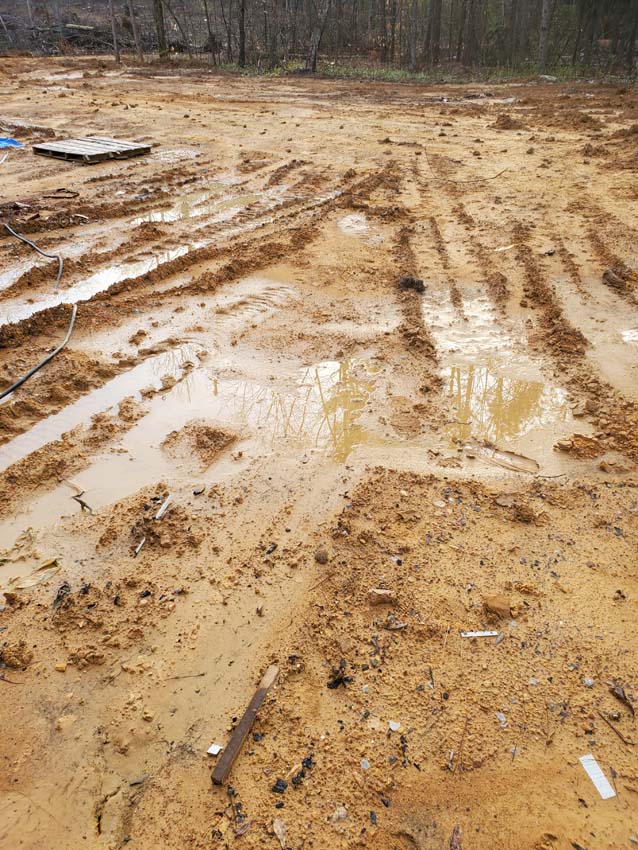
Sewage Treatment Systems
Sewage Treatment Systems
Sewage treatment systems are an essential part of our modern infrastructure, providing a way for us to manage and dispose of wastewater from homes, businesses, and institutions. The process begins with the collection of wastewater from various sources, which is then transported to a sewage treatment plant. At the plant, the wastewater is run through several stages that remove solids and pollutants before discharging clean water into a nearby body of water. Along the way, bacteria and other microorganisms break down organic matter as part of the biological treatment process. This helps to reduce harmful nutrients such as nitrogen and phosphorus in order to protect aquatic life from pollution. In addition, sludge is also removed during this stage and can be recycled for use in agricultural applications or disposed of safely in landfills. By utilizing these systems we are able to keep our environment safe while still enjoying all the benefits of modern civilization.

